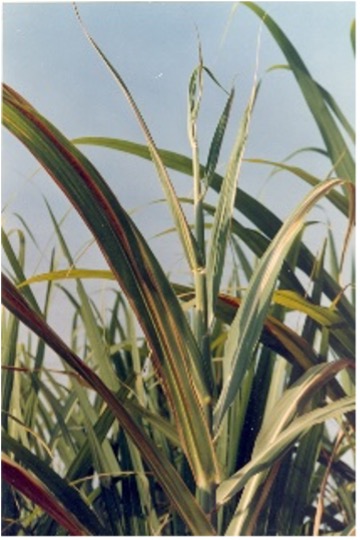As a young child, once a year I would come down with a painful ear infection. My mum would reluctantly drive me to the doctor, moaning, ‘you better not be infectious’, and the doctor would routinely prescribe the same antibiotics that would clear the infection in a few days.
At some point in our lives, whether for an earache or something more serious, we have all benefitted from antibiotics. These drugs occur naturally from other living organisms, and just as naturally (although accelerated by human misuse), bacteria mutate and no longer respond to the drugs that killed them before, becoming resistant.
The World Health Organisation has warned that antibiotic resistance has become one of the biggest threats to global health, food security, and development. I am sure you are all too aware of the dangers of indiscriminate overuse of antibiotics in medicine, animal husbandry, and agricultural sectors. According to the Centres for Disease Control and Prevention, between a third and a half of antibiotic use in humans is unnecessary or inappropriate. This has accelerated the rate at which harmful bacteria is becoming resistant to antibiotics due to the frequency at which they are exposed to them, and in 2019 over 1.2 million died as a direct result of antibiotic-resistant bacterial infections such as E. coli. I am currently conducting a bioinformatics research project regarding the horizontal gene transfer of beta lactamase, an enzyme that gives bacteria resistance to antibiotics such as penicillin. Without a solution, this issue will escalate in the future, likely leading to higher medical costs, prolonged hospital stays and increased mortality.
Fortunately, scientists are exploring alternatives to antibiotics such as the use of bacteriophages (viruses that kill bacteria), and immunotherapeutics (molecules boosting the host’s immune system), which you can read more about here: Alternatives to Antibiotics: Why and How – National Academy of Medicine (nam.edu).

However, a promising solution to antibiotic resistance may in fact be a new type of antibiotic. Albicidin is a plant toxin, produced by the bacterium Xanthomonas albilineans which triggers the disease ‘leaf scald’ in sugarcane.
It harms the sugar cane by preventing replication of chloroplasts, but it can also prevent DNA replication in bacteria very effectively. It does this by targeting the bacterial enzyme gyrase which twists up DNA (supercoiling), so that the cell can function properly. It prevents the gyrase enzyme from joining two pieces of DNA back together after cutting the double helix, resulting in broken DNA. Since it tackles bacteria differently from the antibiotics used now it’s likely to work on current antibiotic-resistant bacteria. The scientists said, “We could not elicit any resistance towards Albicidin in the laboratory … that is why we are really excited – because we think it will be very hard for bacteria to evolve resistance against Albicidin-derived antibiotics.”
Albicidin is effective in killing superbugs such as Staphylococcus aureus. This bacterium is well-known for its multi drug-resistance, making it difficult to treat. It’s a member of the ESKAPE pathogens – six highly infectious pathogens found in biofilms in healthcare settings (layers of bacterial cells that attach to surfaces,) which cause some of the deadliest hospital-acquired infections. Alone, ESKAPE pathogens cause approximately 23,000 deaths per year according to the CDC (centres for disease control and prevention.) S. aureus causes respiratory infections, skin infections which cause abscesses, and food poisoning.
Not only is it hard for bacteria to develop resistance to Albicidin, but it’s also “highly effective in small concentrations, and is highly potent against pathogenic bacteria.” Although it will take years to create clinically effective antibiotics from Albicidin, it is an exciting potential for the future to combat this growing problem.
Sources:
Plant toxin hailed as ‘new weapon’ in antibiotic war against bacteria | Antibiotics | The Guardian
Plant toxin discovery could boost fight against antibiotics resistance | Oxford Mail
Albicidin, a potent DNA gyrase inhibitor with clinical potential – PubMed (nih.gov)
